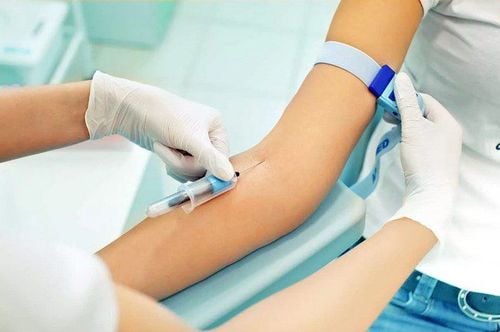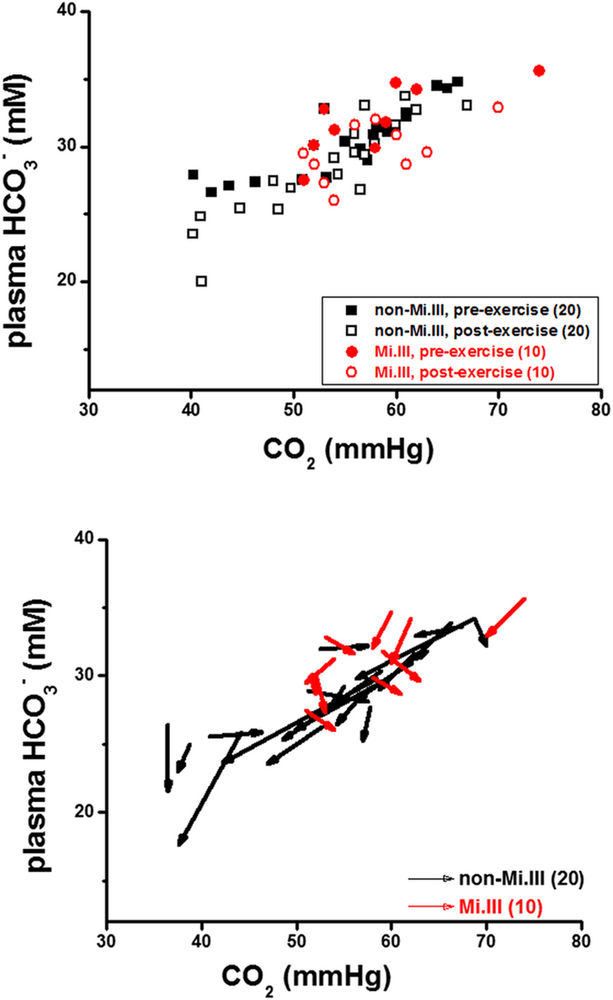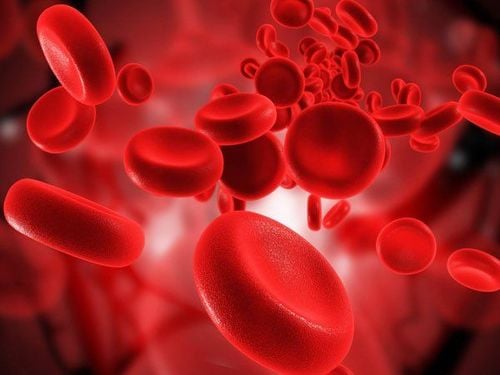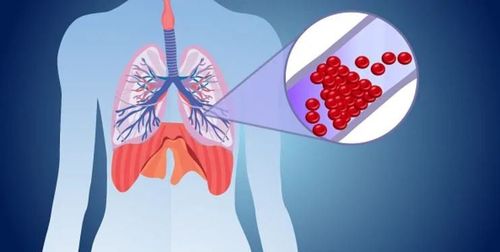This is an automatically translated article.
CO2 (carbon dioxide) test is a method used to measure carbon dioxide in the blood for routine health checks or to determine the cause of abnormal conditions in the body,...
1. What is a CO2 test?
CO2 (carbon dioxide) is a waste product of metabolism, in the form of a gas. Blood carries CO2 to the lungs, where it is exhaled. More than 90% of CO2 in the blood exists in the form of bicarbonate (HCO3). The rest is dissolved carbon dioxide (CO2) and carbonic acid (H2CO3). The kidneys and lungs are responsible for balancing the levels of CO2, H2CO3 and HCO3.
CO2 test is a simple blood test to measure the amount of carbon dioxide in the blood. This is part of an electrolyte test. And because the kidneys and lungs are responsible for maintaining CO2 levels in the blood, in cases where the CO2 levels in the blood are higher than normal, the patient may be ordered to check kidney and lung function.
2. Indication for blood CO2 test
Tests for periodic health checks; Identify the cause of certain symptoms: Shortness of breath, nausea or vomiting, confusion or fainting feeling; Indicated in emergency or before surgery; Indicated together with an electrolyte test to check the bicarbonate level, thereby assessing the body's fluid balance, heart rate, muscle, brain function, kidney, lung,...; Provides an overview of electrolyte status, acid - base balance in the blood.

Một số đối tượng nhất định được chỉ định làm xét ngiệm CO2 trong máu
3. Perform a CO2 (carbon dioxide) test
3.1 Preparation The doctor may ask the patient not to eat or drink except water for 8 - 12 hours before the test; Patients tell their doctors about their medications because many drugs can change the results of the CO2 test; Talk to your doctor about the importance of the test, the risks, the procedure, what the results mean,... 3.2 Performing the test Wrap an elastic band around your arm to stop the flow of the machine, helping the the vein below becomes larger, easier to insert the needle into the vein; Clean the needle puncture site with alcohol; Insert the needle into the vein, draw blood to fill the tube; Remove the bandage from the arm when the required amount of blood has been collected; Apply a gauze pad to the puncture site when the needle is withdrawn; Press on cotton and bandage; Bring the blood sample to the laboratory.
3.3 Risks of the test and how to handle it There are very few possible risks when taking a blood sample from a vein for testing for CO2. Possible risks include:
There is a small bruise at the site where the blood sample was taken. The way to reduce the risk of bruising is to press and hold the site for a few minutes; Veins may become swollen after a blood sample is taken (phlebitis). The remedy is to apply warm cotton gauze to the swollen area several times a day.

Thực hiện xét nghiệm hàm lượng CO2
4. Meaning of blood CO2 test
4.1 Normal results Blood CO2 (carbon dioxide) test results can vary depending on your age, sex, medical history, method of specimen preservation, and medication history. patient. The normal ranges for total CO2 in the blood published by the American Society of Clinical Chemistry are as follows:
18 - 59 years: 23–29 mEq/l (conventional unit), 23–29 mmol /l international units (SI); Group 60 - 89 years old: 23–31 mEq/l (conventional unit), 23–31 mmol/l international unit (SI); Group over 90 years old: 20–29 mEq/l (conventional unit), 20–29 mmol/l international unit (SI). According to a study by the American Society of Nephrology, the concentration of HCO3 in the blood of women is about 1 mEq/l lower than that of men.
4.2 Abnormal results Abnormal CO2 blood test results can be low or high. A change in CO2 levels in the blood can suggest that the body is over or under fluid compared to normal. This is a sign of an imbalance in the body's electrolyte system.
Lower than normal CO2 levels due to: Adrenal insufficiency, diarrhea, dehydration, severe malnutrition, ethylene glycol poisoning, kidney disease, ketoacidosis, salicylate toxicity (due to aspirin overdose), hyperventilation, liver disease, heart attack, hyperthyroidism, diabetes, lactic acidosis or lactate accumulation in the body,...; Higher than normal CO2 levels due to: Respiratory disorders, respiratory infections, pulmonary edema, blood transfusions, heart disease, Cushing's syndrome, Hyperaldosteronism - a condition affecting the adrenal glands,... Note : Several factors affect the test:
Drink highly acidic liquids such as orange juice, carbonated drinks before the test; Using certain drugs such as diuretics, glaucoma medications, antibiotics,...; The person taking the blood sample wore an elastic band over the arm for too long before drawing the blood.

Xét nghiệm CO2 trong máu giúp phát hiện một số bệnh lý
CO2 always exists in constant amounts in the body. The level of CO2 in the blood can increase or decrease due to medication use, infection, or certain medical conditions. Blood tests for CO2 (carbon dioxide) levels can reveal some underlying medical conditions and aid doctors in their diagnosis and treatment.
To register for examination and treatment at Vinmec International General Hospital, you can contact Vinmec Health System nationwide, or register online HERE
Recommended video:
Health check recurring at Vinmec: Protect yourself before it's too late!
SEE MORE
Meaning of indicators in blood tests If these symptoms appear, you need to be screened for hepatobiliary disease soon! What does the ALT level in a blood test say about the health of the liver?













